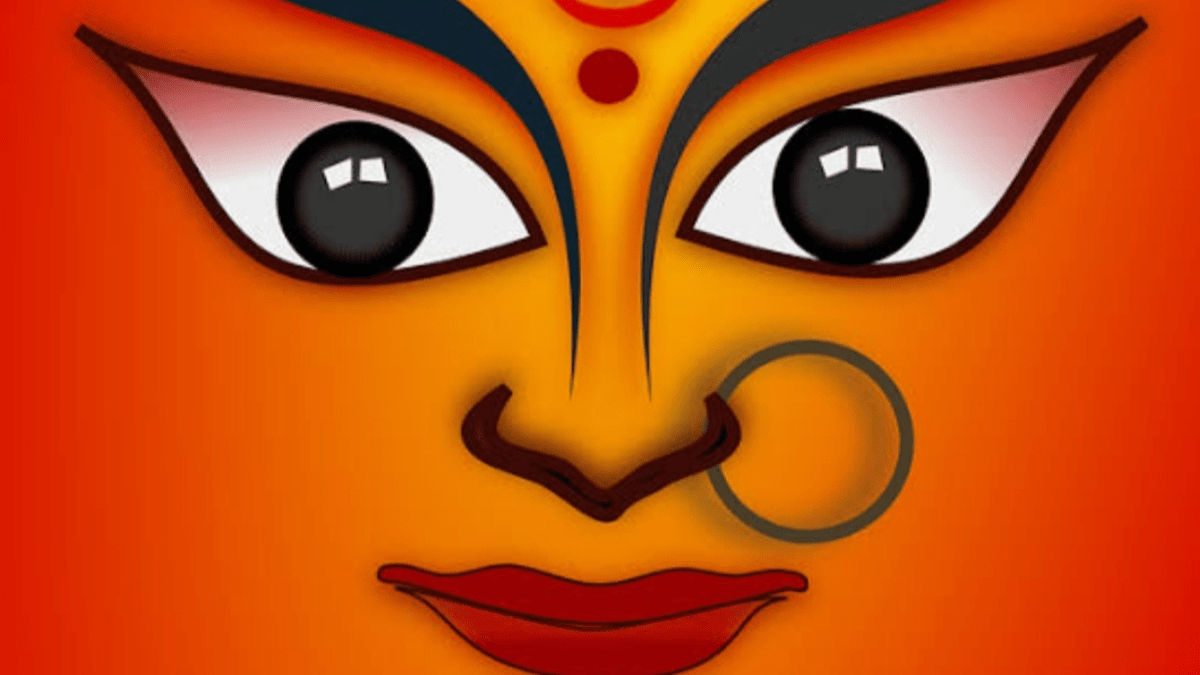Both Navratri festivities display unique cultural customs in addition to similar practices like fasting and prayer.
Navratri, which translates to “nine nights,” is a Hindu holiday that is fervently observed twice a year. Nine days make up the celebration, with each day honoring a distinct Navdurga, or manifestation of Goddess Durga.
Sharad Navratri, which marks the beginning of the autumn season, is the most extensively observed Navratri and occurs in the months of October or November.
Goddess Durga is adored in all her manifestations during both Navratris. Vibrant celebrations, including dancing, fasting, and intricate rituals carried out in Indian homes and temples, define the festival.Let’s examine the main distinction between Sharad Navratris and Chaitra.
Vasant Navratri, or Chaitra Navratri, is celebrated during the Hindu month of Chaitra, which usually falls in March or April. It signals the approach of spring and is a symbol of rebirth, fertility, and fresh starts.
Though the essence of Chaitra Navratri is the same as that of its counterpart, it has unique cultural and geographical importance. Ram Navami, which commemorates Lord Rama’s birthday, brings a dimension of devotion to the celebrations that conclude this Navratri.
Of the two, Sharad Navratri is more well-known.
It is observed in September or October, the start of winter, during Ashwin Masa (a Hindu calendar month). This Navratri also commemorates the goddess Durga’s defeat of the monster Mahishasura, and the tenth day is known as Vijayadashami.
The timing and seasonal context of Navratri and Chaitra Navratri are among their main distinctions. While Chaitra Navratri coincides with the arrival of spring, Sharad Navratri takes place in the fall. Every season has its own meaning and symbolism; for example, spring signifies rebirth and growth, while autumn represents harvest and plenty.
As a result, these seasonal factors determine how each Navratri’s rituals and customs are observed.Both Navratri celebrations display unique cultural customs in addition to similar routines like fasting and prayers.
Communities all around India take part in the exuberant Garba and Dandiya Raas dances during Sharad Navratri. On the other hand, depending on local traditions, Chaitra Navratri celebrations could involve unique puja rituals honoring Goddess Durga or excursions to hallowed locations connected to her veneration.
The regional differences in Navratri and Chaitra Navratri observance are another noteworthy distinction.
Although Chaitra Navratri is very significant in some parts of India, such as North India, Sharad Navratri is observed with great enthusiasm throughout the country.
Devotees swarm to Goddess Durga temples in places like Uttar Pradesh and Uttarakhand in hopes of obtaining her blessings for prosperity and a bountiful crop.
